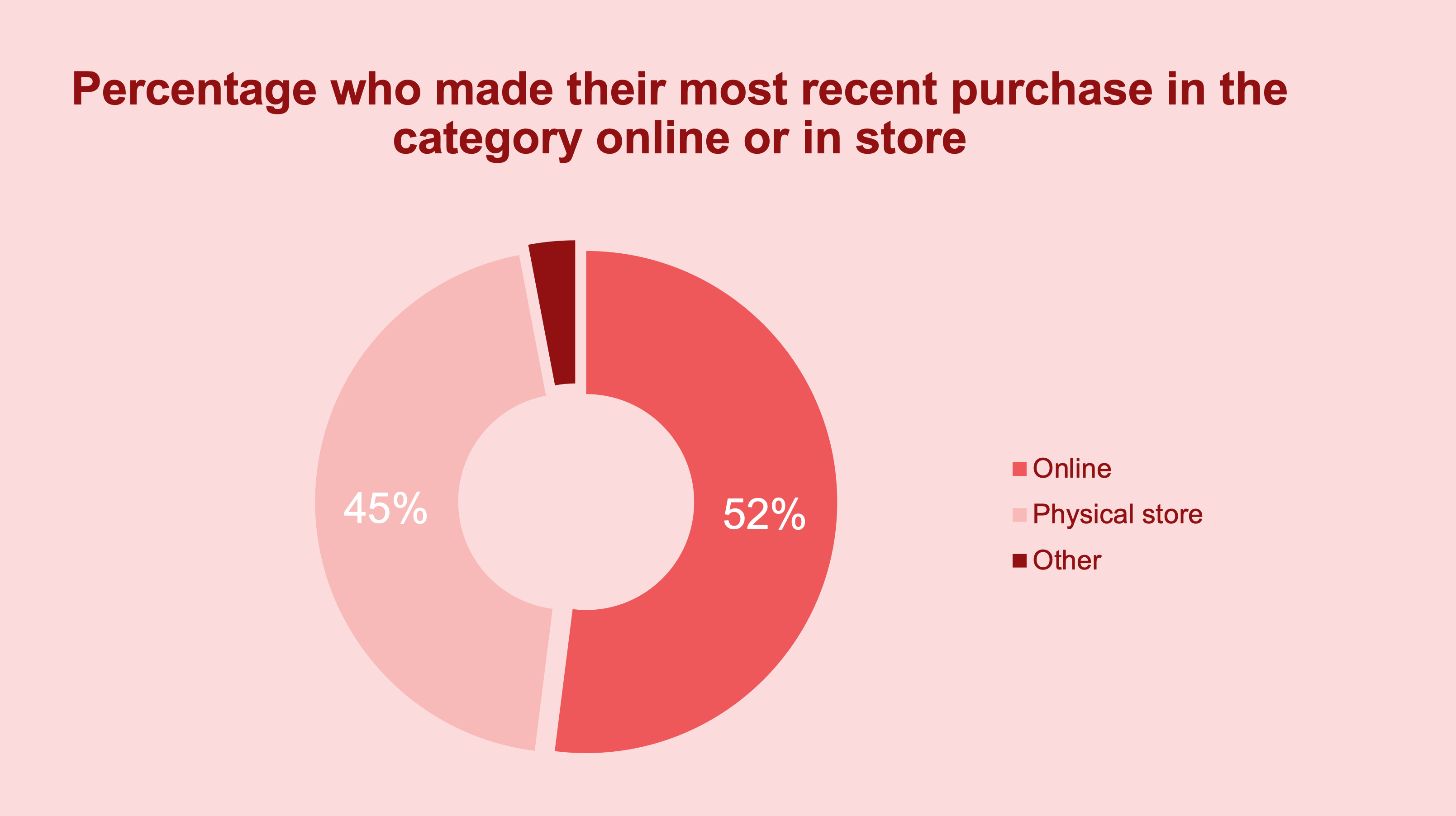Modest but positive development for the fashion trade
In 2022, the online clothing and shoe trade has remained at a relatively stable level, compared to the other sub-sectors.
During all quarters of the year, the industry has shown positive, albeit extremely weak, figures. The year began with the corona pandemic's restrictions ending, which led consumers back to the physical fashion trade. Despite this, e-commerce managed to stay away from negative figures. The end of the restrictions also meant a return to the office, and many thus updated their office wardrobe at the beginning of the year. Consumers then took the opportunity to shop for new fashion items for the summer, and the followers of fashion had time for another wardrobe update in the autumn before the rising interest rates and high electricity costs had an impact on the wallet.

Clothes and shoes need to be replaced at regular intervals, but when the space in the wallet decreases, the purchases are made less often. Now more than ever, consumers are purposefully looking for value-for-money alternatives. The clothing and shoe trade is an industry with great breadth, which makes it possible for the consumer to renew the wardrobe without having to pay for the shirt. The second-hand market, for example, is growing ever larger and many companies see that customers' interest in the circular business model is increasing.
Source: The E-barometern annual report 2021

